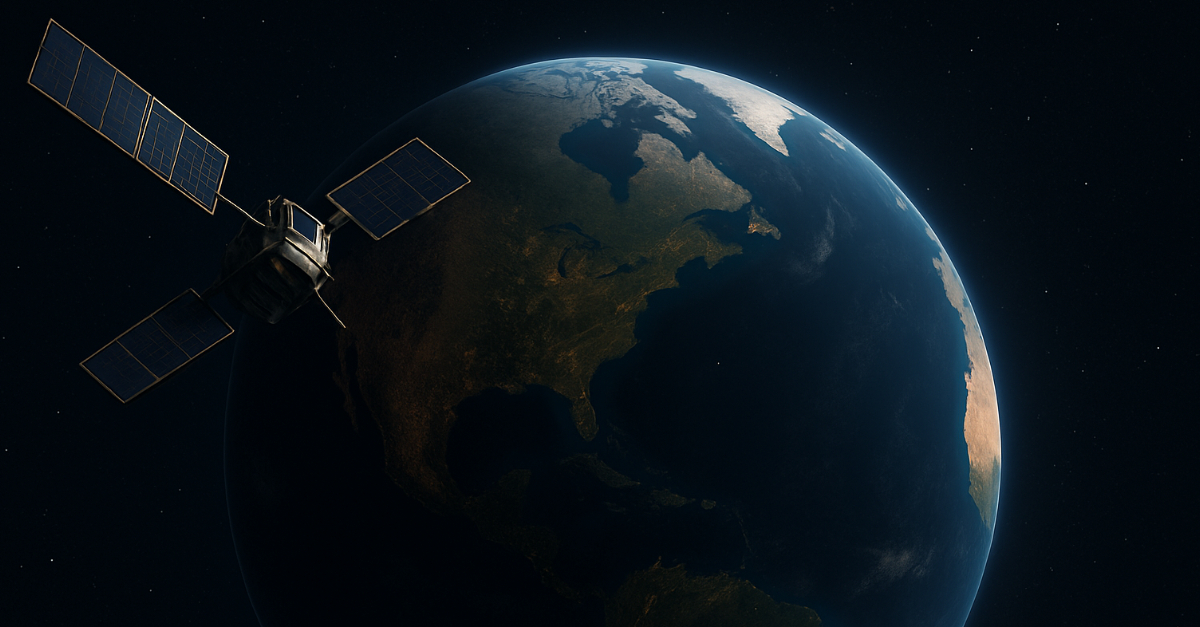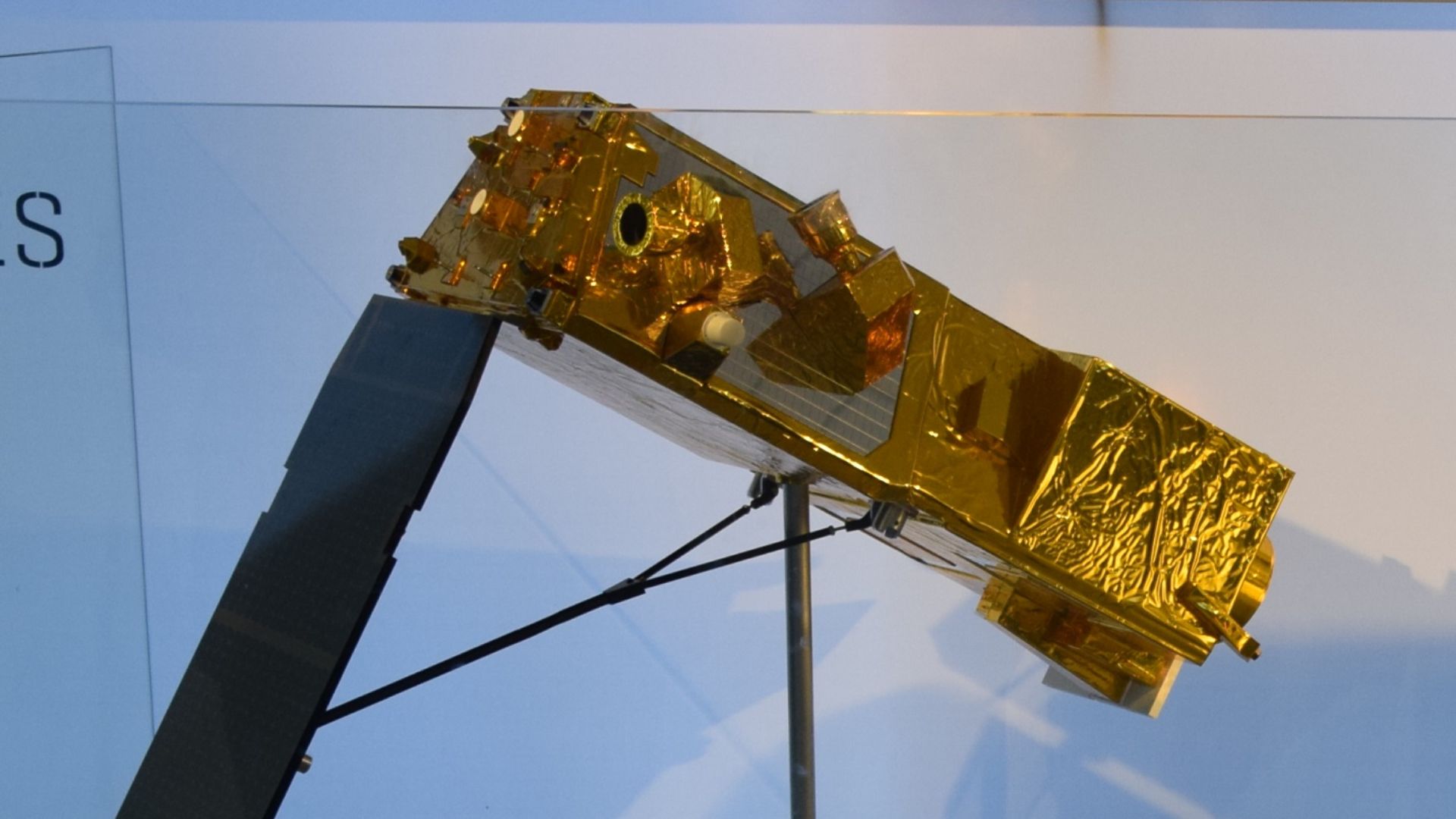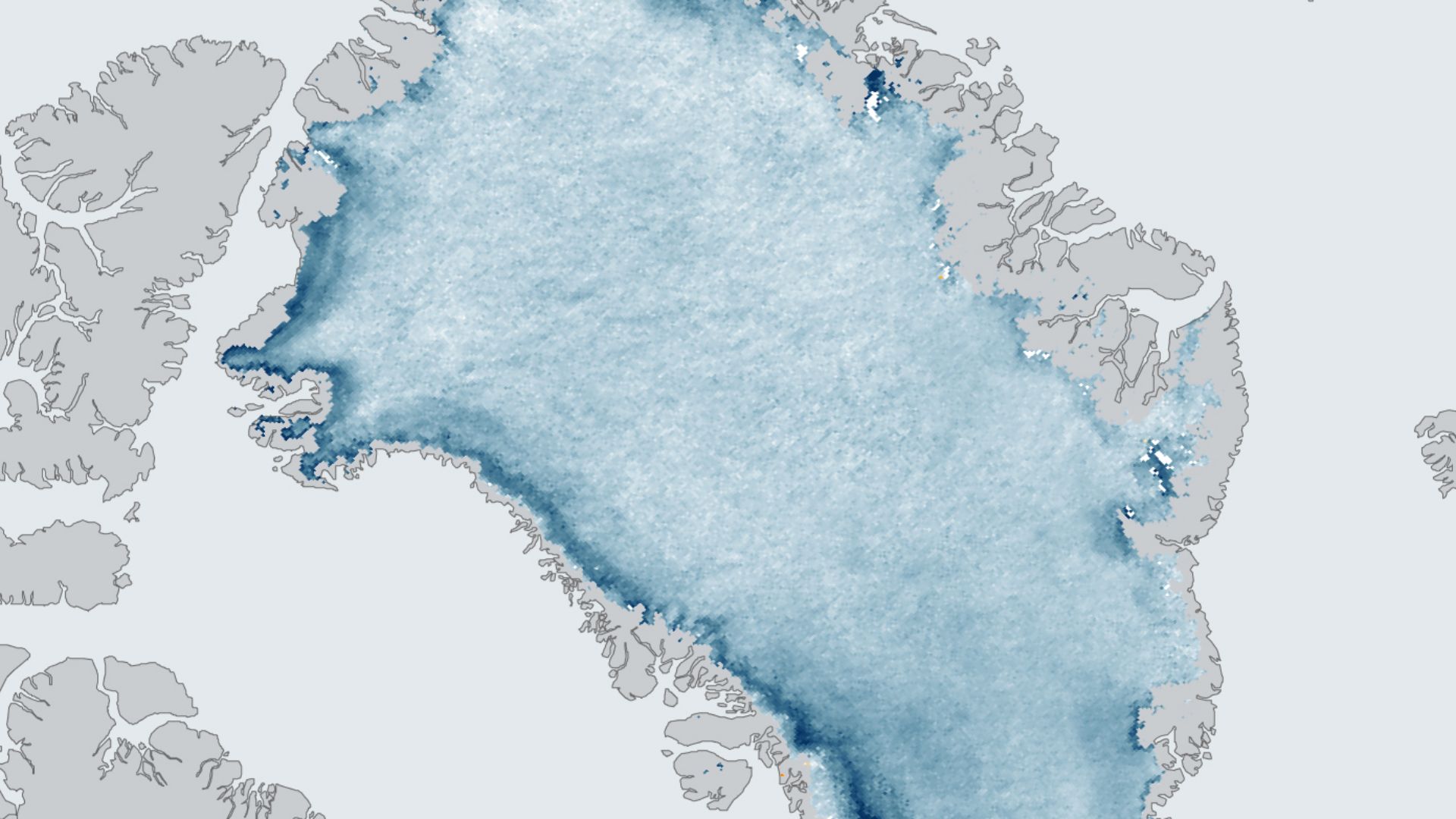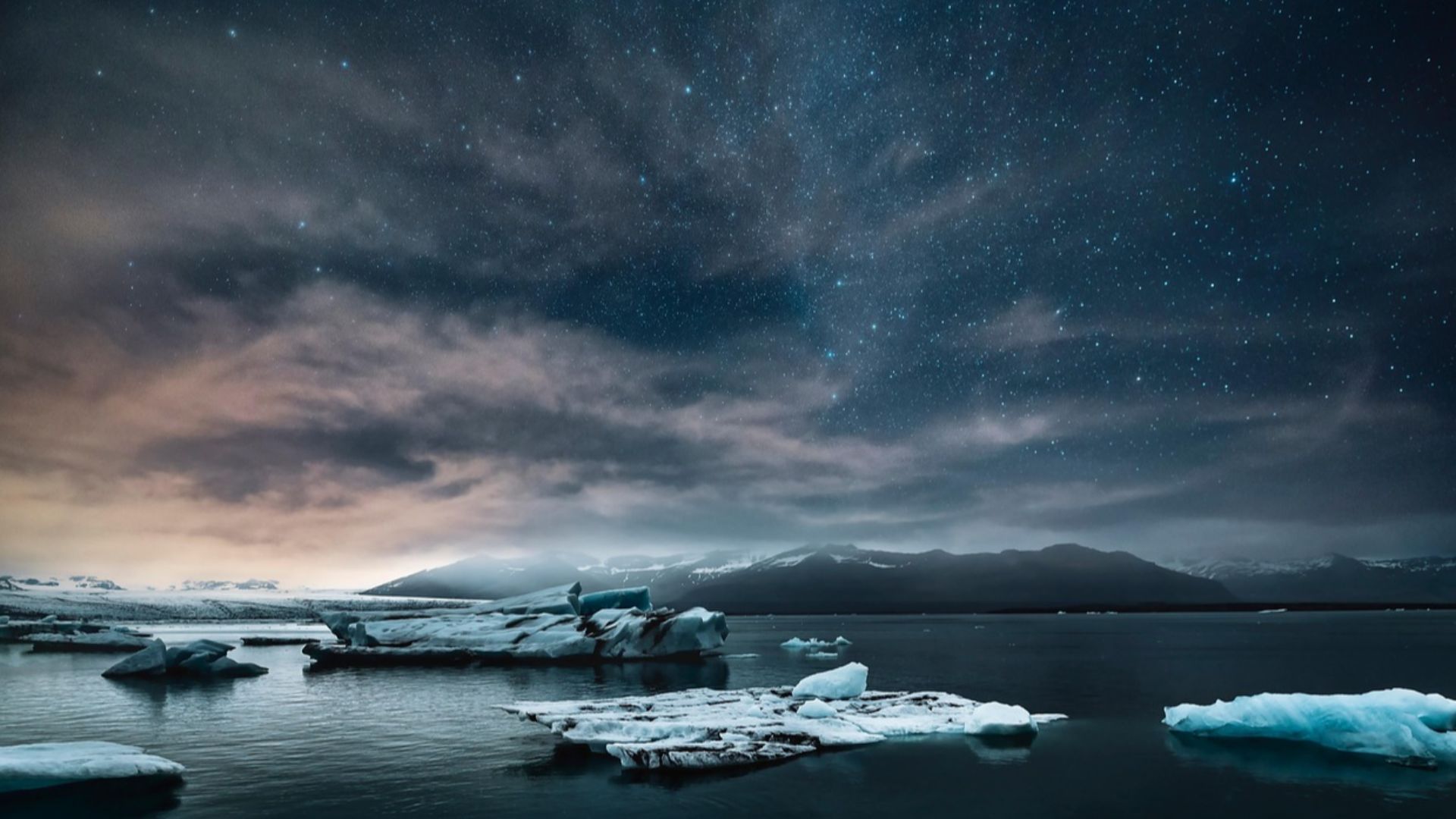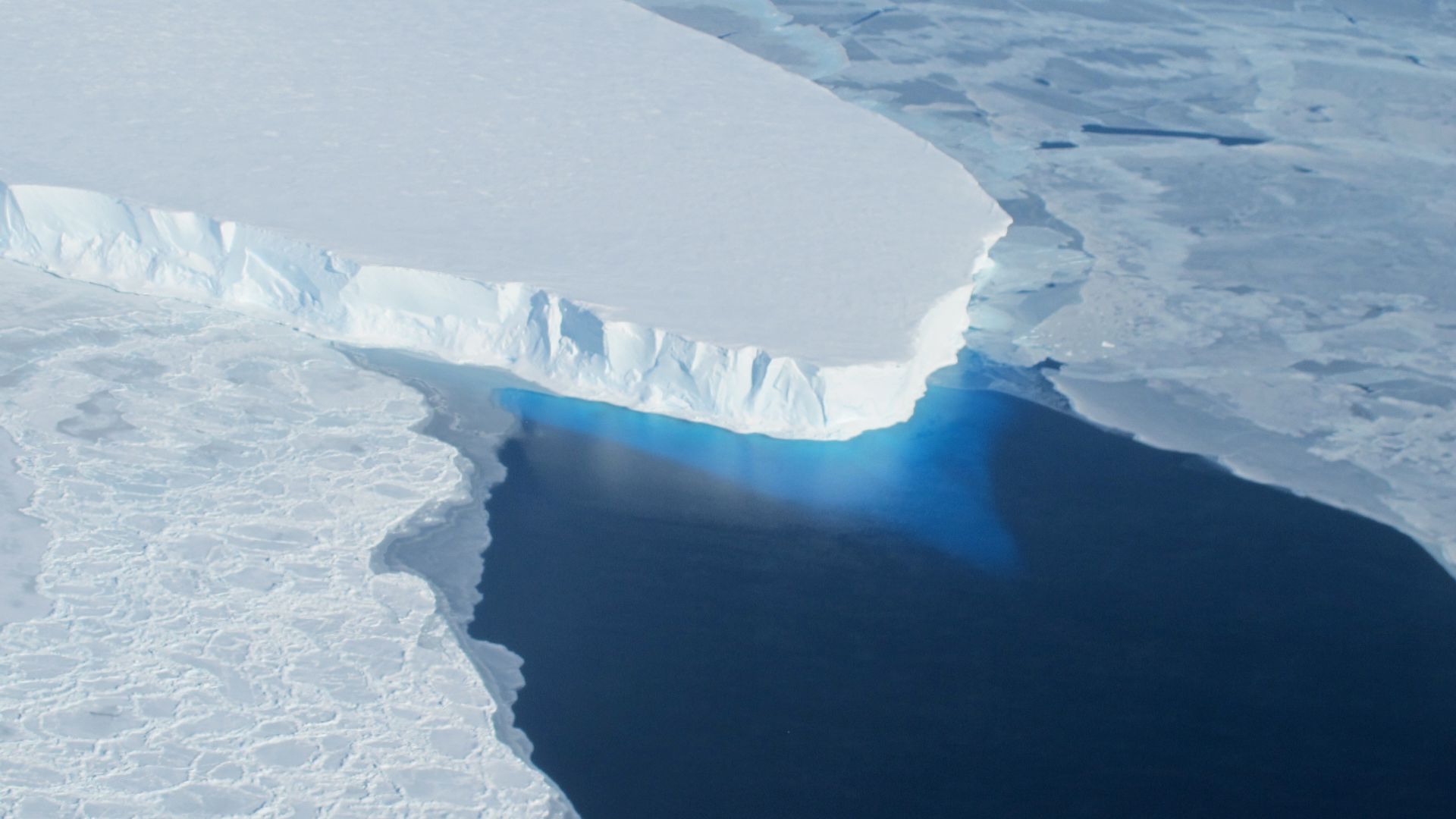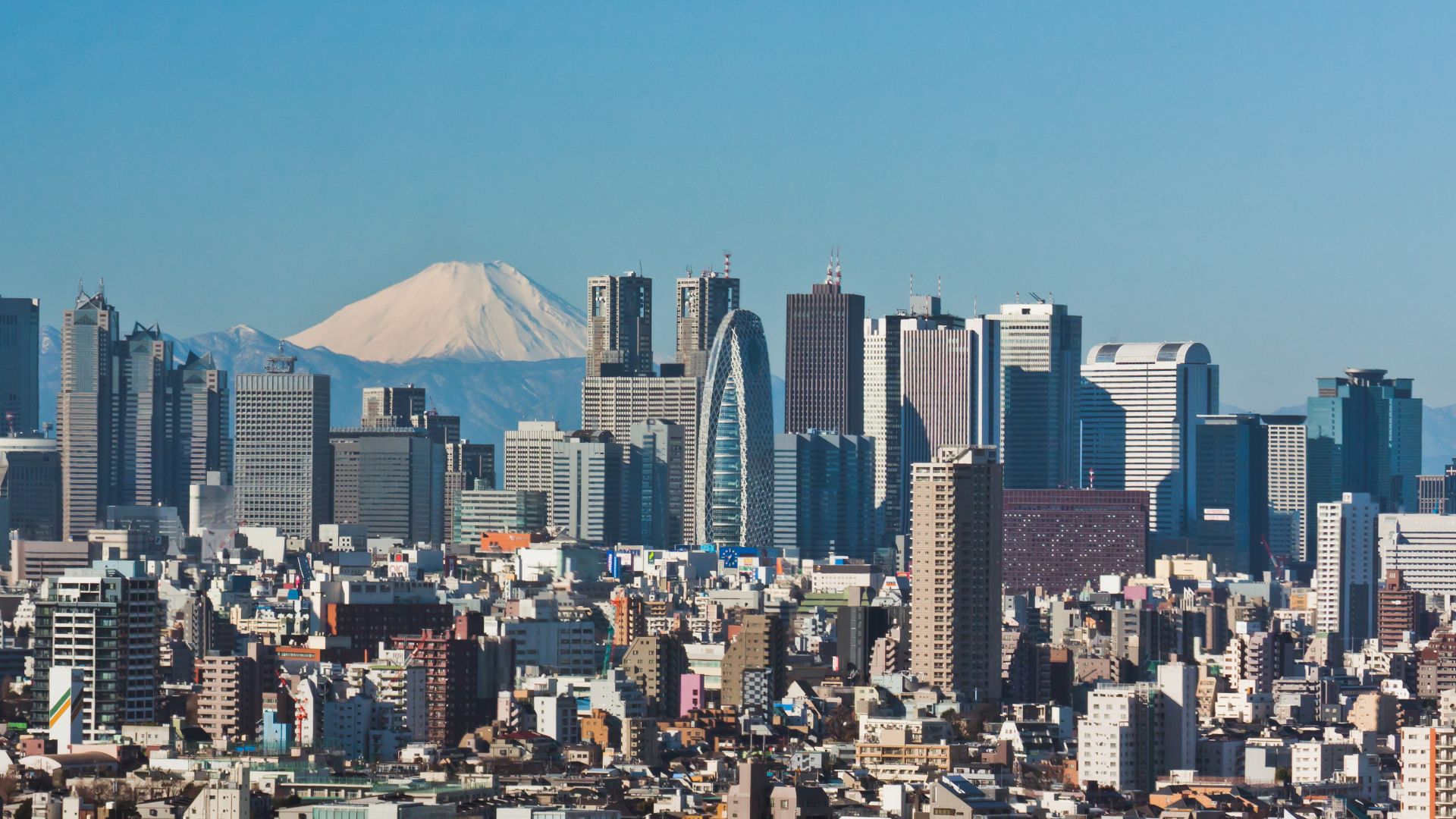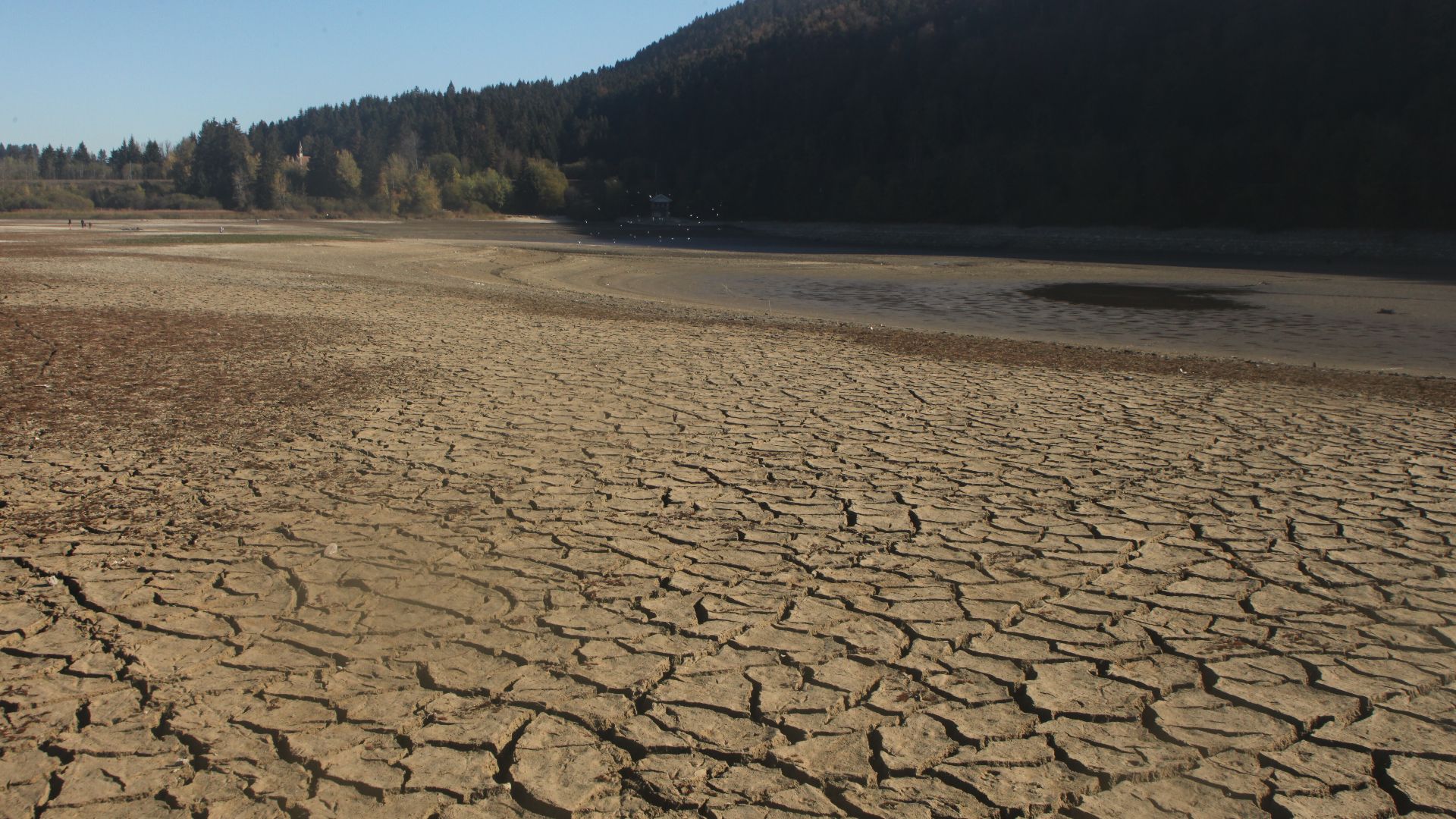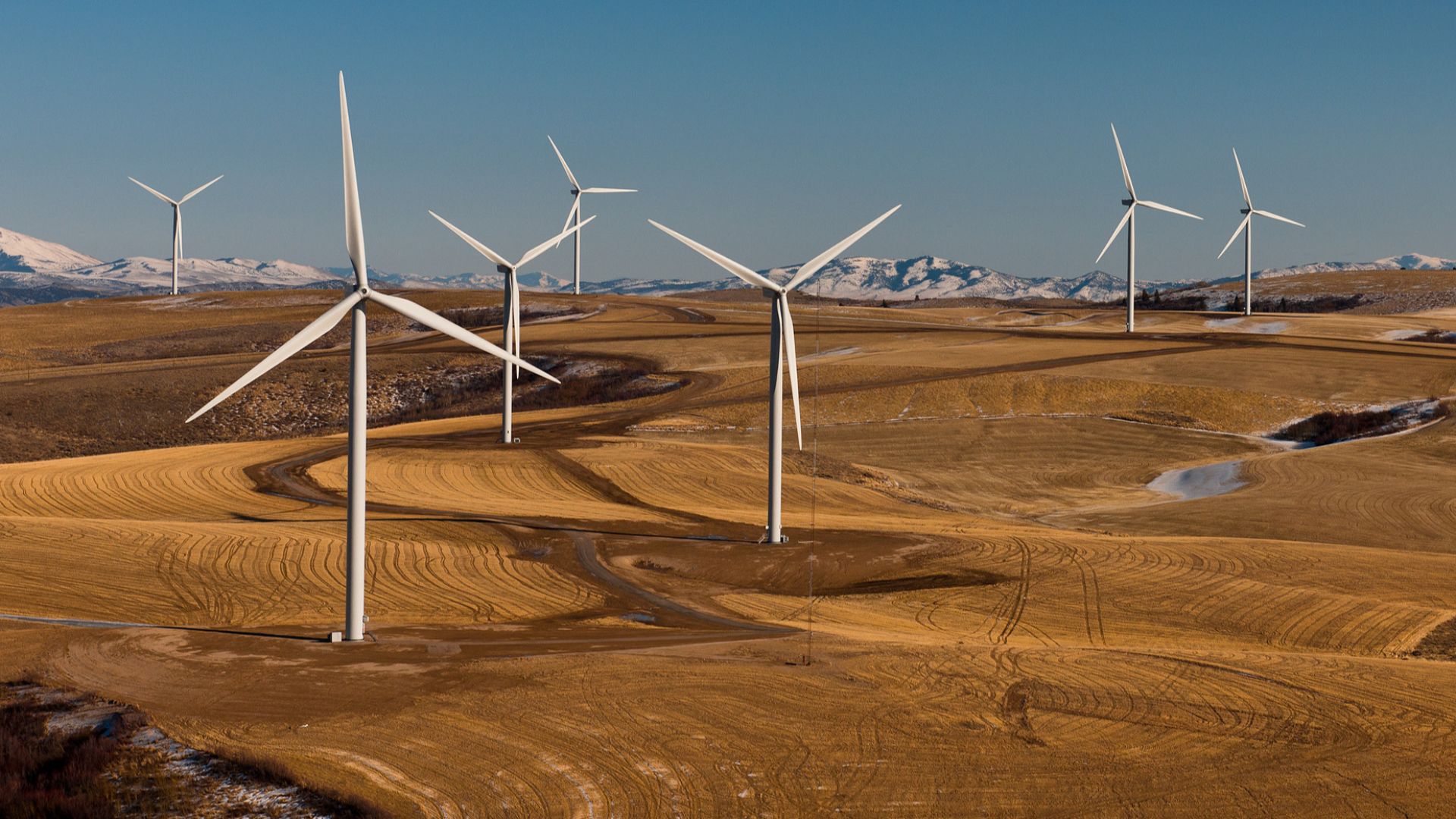Dark Side of the Earth
For decades, we thought we understood how much sunlight our planet reflects back into space. But new NASA data suggests that balance is shifting—and it’s shifting fast. Earth is literally growing darker, and scientists say it could signal a very dangerous new twist in the planet’s energy system.
What NASA’s Satellites Just Found
NASA’s CERES satellites have been tracking how much sunlight Earth reflects and absorbs since the late 1990s. The newest data reveals a steady decline in reflectivity—meaning Earth is reflecting less light back into space than it used to. It’s not just a blip; it’s a clear downward trend. A trend that could have big consequences for us and our planet.
What “Getting Darker” Really Means
When scientists say Earth is “getting darker,” they’re talking about albedo—the measure of how much sunlight is reflected. Bright surfaces like ice, snow, and clouds bounce sunlight away. Darker surfaces like water or forests absorb it. As reflective areas vanish, more sunlight gets trapped as heat.
The Planet’s Energy Balance Has Shifted
In theory, the energy Earth receives from the Sun should balance the energy it radiates back into space. But NASA’s new data shows that’s no longer true. The imbalance is growing, and it’s tipping in favor of absorption. The planet is quietly running a heat surplus.
 Why is the Earth growing darker from space ?, AP Archive
Why is the Earth growing darker from space ?, AP Archive
The Northern Hemisphere Is Leading the Decline
NASA found the biggest drop in reflectivity in the Northern Hemisphere. That’s where most of Earth’s land—and its human activity—exists. Melting ice, industrial soot, and changing cloud cover all play a part. The once-bright Arctic is turning darker with every summer melt.
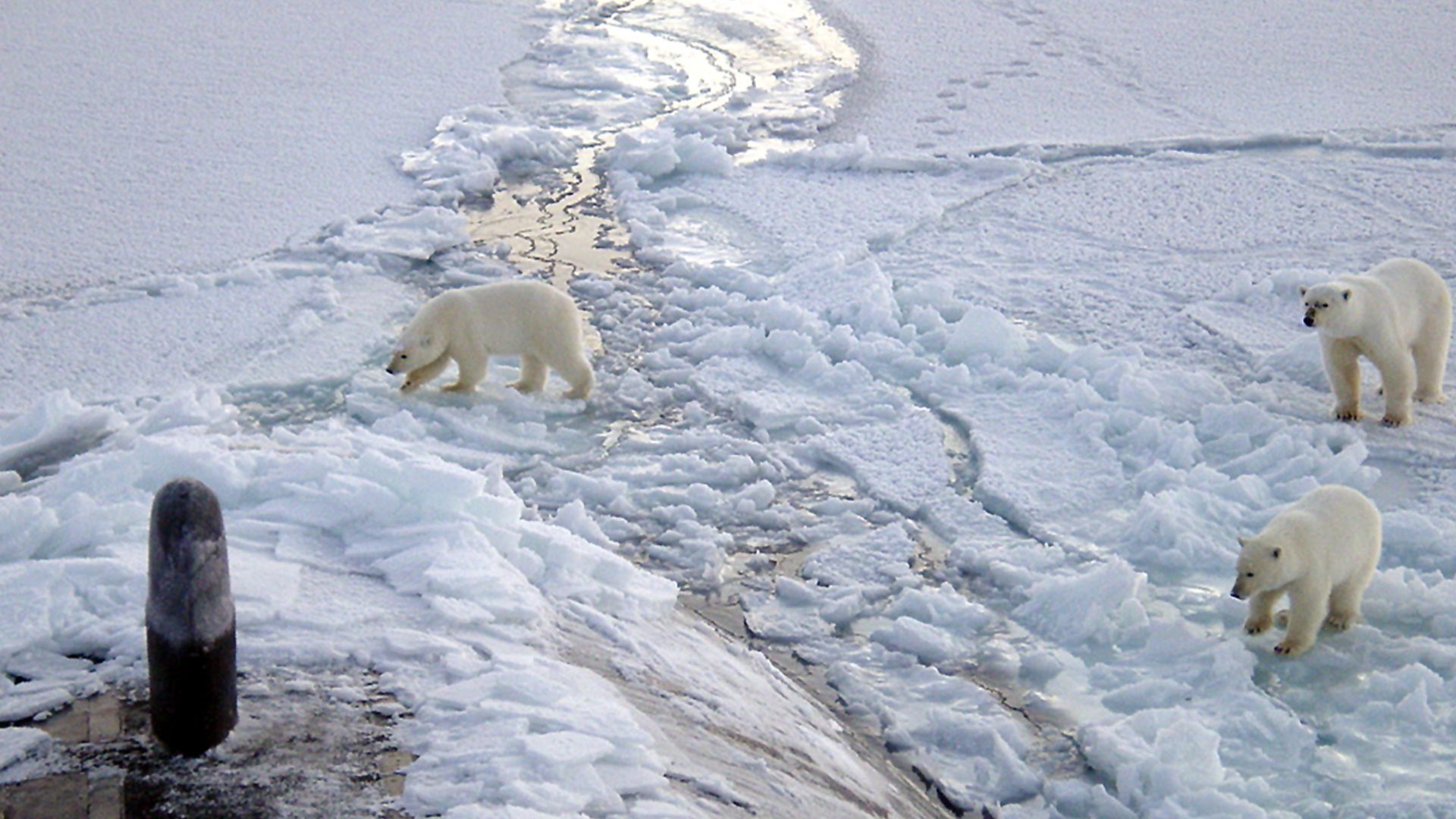 Chief Yeoman Alphonso Braggs, US-Navy, Wikimedia Commons
Chief Yeoman Alphonso Braggs, US-Navy, Wikimedia Commons
Why the Arctic Matters So Much
The Arctic acts like a global mirror, bouncing sunlight back into space. As it melts, that mirror fades. Darker ocean water absorbs sunlight instead, warming further and melting even more ice. It’s a feedback loop that scientists say is accelerating faster than models predicted.
The Southern Hemisphere Tells a Different Story
The Southern Hemisphere, surprisingly, hasn’t dimmed as much. Antarctica’s massive ice sheet still reflects huge amounts of sunlight. But scientists warn it may only be a matter of time—warming ocean currents are already undercutting Antarctic ice shelves, hinting at changes still to come.
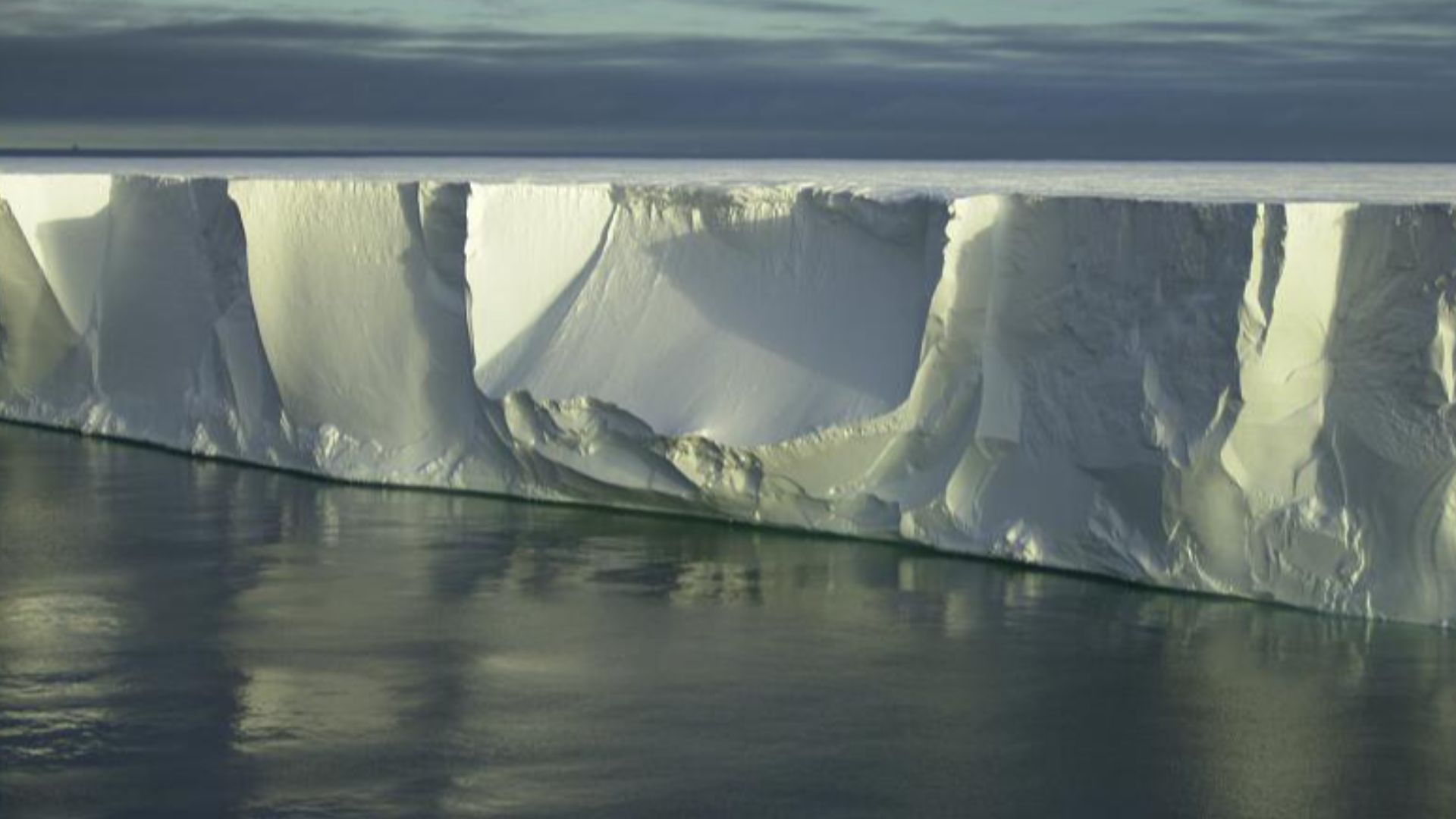 Georges Nijs, Wikimedia Commons
Georges Nijs, Wikimedia Commons
Clean Air Comes With a Catch
Here’s the paradox: as the world reduces pollution, skies become clearer—and less reflective. Aerosols once scattered sunlight back into space, but cleaner air means fewer particles. It’s great for human health, but it allows more sunlight to hit the surface, slightly warming the planet further.
 Jeannette Marianne E Lee, Wikimedia Commons
Jeannette Marianne E Lee, Wikimedia Commons
Clouds Are Changing Too
Clouds play a massive role in controlling albedo. But climate change alters where and how they form. In some regions, clouds are thinning or forming less often, exposing darker surfaces below. That subtle shift can make a measurable difference in how much light Earth reflects.
A Subtle Change With Big Consequences
This dimming only amounts to fractions of a watt per square meter—but when calculated across all of the Earth’s surface, now you're looking at billions of extra watts absorbed every second. Scientists compare it to adding the heat of millions of nuclear explosions to the system over decades—slow, silent, and relentless.
 NASA's Climate Advisor Discusses Climate Change, NASA Science
NASA's Climate Advisor Discusses Climate Change, NASA Science
Confirmed by the Oceans
NASA’s satellite data aligns with rising ocean heat content, showing that the oceans are soaking up more energy than ever. Water retains heat for centuries, meaning today’s imbalance could influence the climate for generations. It’s the planet’s way of storing our energy debt.
Earthshine: The Planet’s Glow Is Fading
Astronomers have observed this change too. By studying Earthshine—the faint light Earth reflects onto the Moon—they’ve confirmed that our planet’s brightness has dimmed noticeably over the past 20 years. From space, Earth literally glows less than it once did.
 NASA/Tracy Caldwell Dyson, Wikimedia Commons
NASA/Tracy Caldwell Dyson, Wikimedia Commons
A Quiet, Planetwide Signal
There’s no single cause—just a growing collection of small shifts. Less snow. Fewer aerosols. Thinner clouds. Each one alone seems minor. Together, they’ve created a measurable dimming trend that scientists say could reshape how Earth’s climate system behaves.
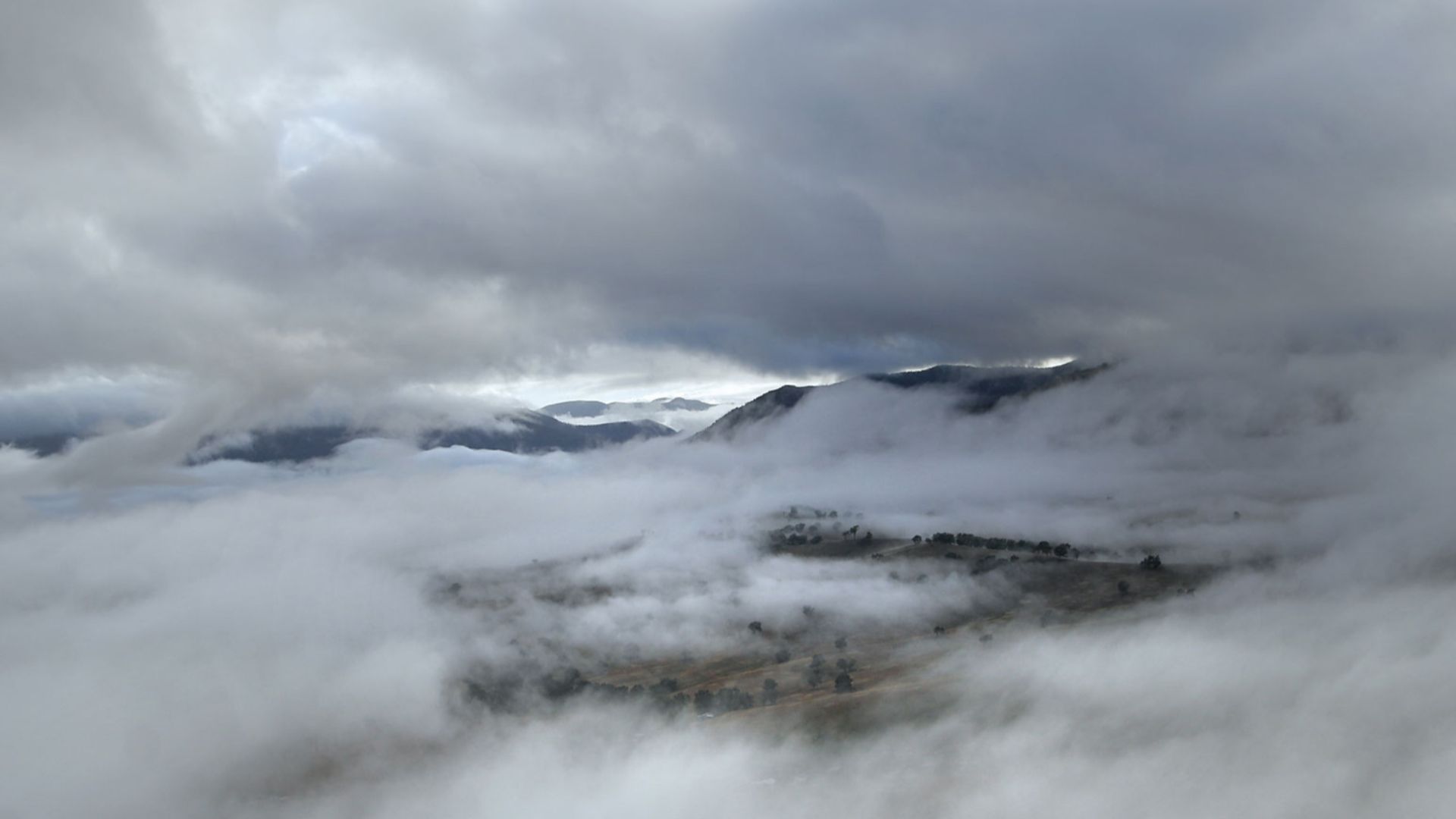 fir0002 flagstaffotos [at] gmail.com Canon 20D + Tamron 28-75mm f/2.8 , Wikimedia Commons
fir0002 flagstaffotos [at] gmail.com Canon 20D + Tamron 28-75mm f/2.8 , Wikimedia Commons
Not the First Time—But the Fastest
Earth’s reflectivity has changed before, during ice ages and warm periods. But what alarms scientists is how fast it’s happening now. This isn’t a slow geological drift—it’s a decades-long decline driven largely by modern human activity.
 Mauricio Antón, Wikimedia Commons
Mauricio Antón, Wikimedia Commons
A Planet Out of Thermal Sync
In climate science, equilibrium is everything. When more sunlight stays trapped, Earth’s surface, oceans, and atmosphere all warm until they reach a new balance. The problem is that balance comes with extreme weather, rising seas, and shifting ecosystems along the way.
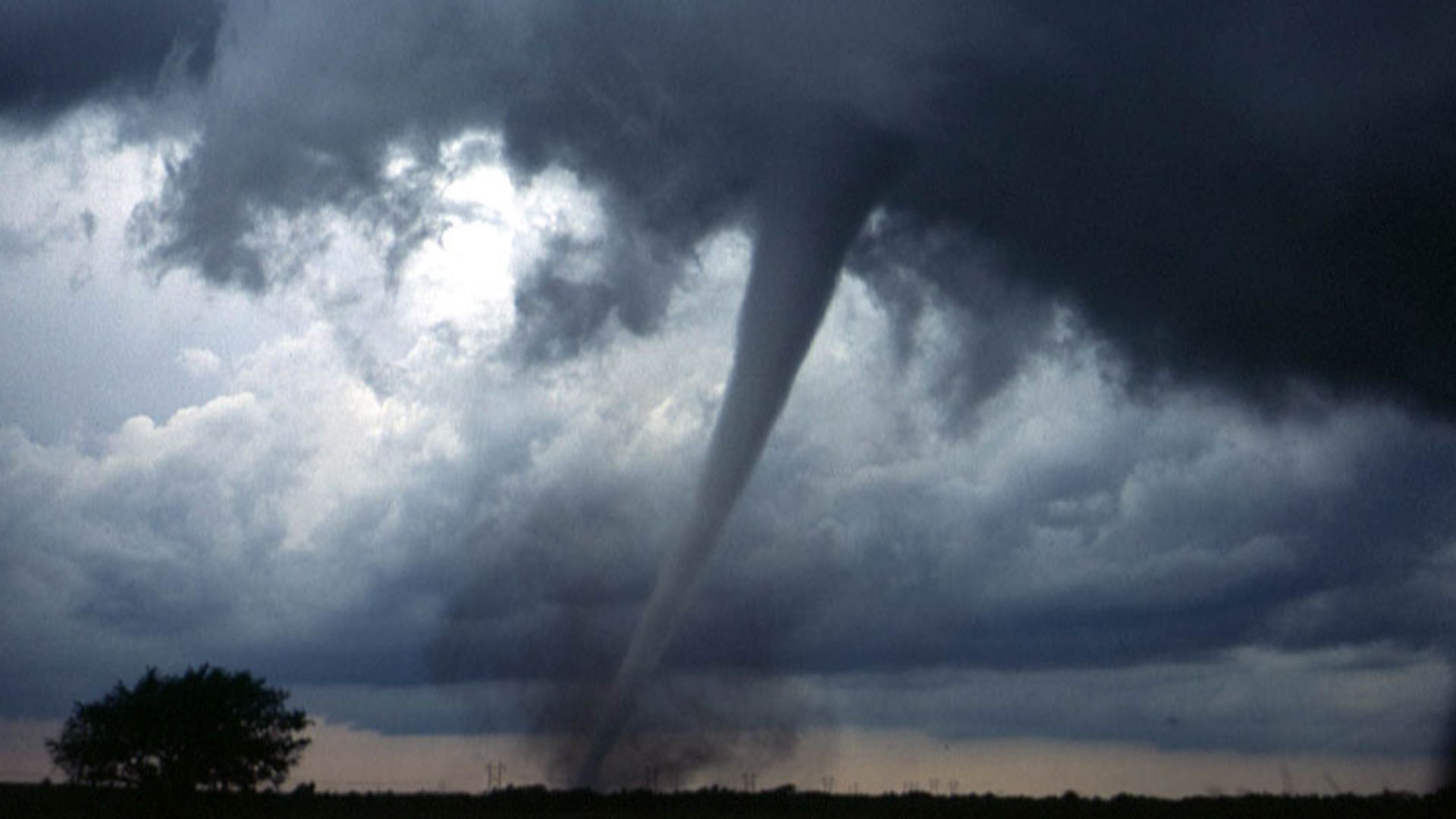 Daphne Zaras, Wikimedia Commons
Daphne Zaras, Wikimedia Commons
What the Models Missed
Many earlier climate models assumed that cloud patterns and hemispheric albedo would stay stable. The CERES data shows they were wrong. The real-world feedbacks are stronger—and faster—than expected, hinting at underestimated warming potential in global projections.
 Kloukachine at English Wikipedia (Original text: Created by NASA), Wikimedia Commons
Kloukachine at English Wikipedia (Original text: Created by NASA), Wikimedia Commons
Northern Bias: Why It Matters
Because the Northern Hemisphere holds more land, cities, and pollution sources, its changes in albedo have an outsized global effect. When northern reflectivity drops, it skews global circulation patterns, potentially influencing jet streams and weather far beyond the Arctic.
The Cost of a Dimmer World
A darker Earth means a warmer Earth—and that warmth doesn’t stay evenly distributed. It fuels stronger storms, longer droughts, and more erratic seasons. The added heat energy becomes the invisible engine behind the climate extremes we’re already seeing worldwide.
Measuring the Imbalance
NASA estimates the energy imbalance now exceeds 0.5 watts per square meter. That might sound tiny, but it’s equivalent to trapping about 20 times the total power produced by all humans on Earth. The entire planet is running a quiet energy surplus.
Can We Brighten the Planet Again?
There’s no easy fix. Reflectivity depends on ice, clouds, aerosols, and other natural systems that can’t be switched back on. But scientists say cutting greenhouse gases can slow the warming, giving those reflective systems a chance to recover naturally over time.
Geoengineering Ideas Emerge
Some researchers are exploring “solar reflection” techniques—like seeding the upper atmosphere with reflective particles or brightening marine clouds. But NASA and most experts warn these are risky, temporary measures that could create new imbalances. Prevention remains safer than planetary tinkering.
The Long Memory of Oceans
Even if emissions dropped tomorrow, oceans would keep releasing stored heat for decades. That means the effects of this dimming are already baked into our near-term climate future. The best we can do now is slow the pace—and stop adding fuel.
 ---=XEON=---, Wikimedia Commons
---=XEON=---, Wikimedia Commons
Hope in the Data
NASA scientists stress that the data isn’t a doomsday message—it’s a warning. Earth’s reflectivity can change again if we act decisively. Restoring ice cover, protecting clouds, and reducing warming all help the planet regain its lost brightness over time.
 NASA measures clouds from space: Norman Loeb CERES interview, NASA Langley Research Center
NASA measures clouds from space: Norman Loeb CERES interview, NASA Langley Research Center
The Big Picture
So, what's the takeaway here: Well, the earth isn’t “going dark” in a poetic sense—but it is absorbing more sunlight than ever before, and all that extra energy is reshaping our climate quietly but profoundly. The dimming is proof that even small planetary shifts can carry enormous consequences.
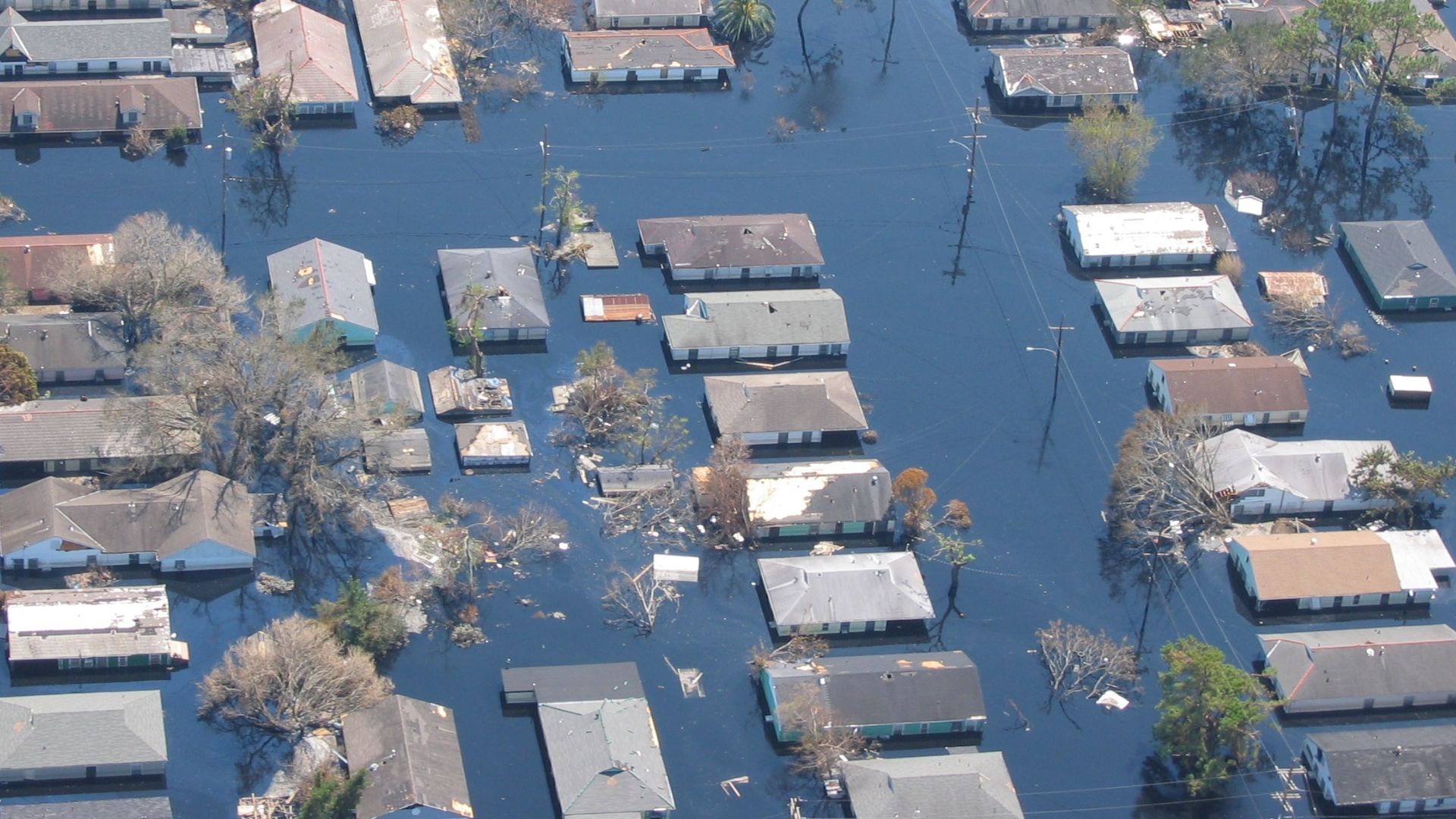 Lieut. Commander Mark Moran, NOAA Corps, NMAO/AOC., Wikimedia Commons
Lieut. Commander Mark Moran, NOAA Corps, NMAO/AOC., Wikimedia Commons
What Comes Next
Researchers are now modeling what happens if the albedo keeps falling. Some scenarios suggest stronger polar amplification, others point to more chaotic jet-stream behavior. The unknowns are big—but the trend is clear. The darker Earth becomes, the harder it is to cool.
 Polar amplification: Explained in simple terms, Guardians of Climate & Planet Safety
Polar amplification: Explained in simple terms, Guardians of Climate & Planet Safety
Could It Trigger a Tipping Point?
Some scientists worry about feedback thresholds—points where warming becomes self-sustaining. If Arctic ice loss passes one of those, the region could enter a runaway melt cycle. That would permanently lower Earth’s reflectivity and lock in centuries of extra warming.
 Arctic Sea Ice Near Historic Low; Antarctic Ice Continues Decline, NASA Goddard
Arctic Sea Ice Near Historic Low; Antarctic Ice Continues Decline, NASA Goddard
Watching for Warning Signs
NASA, NOAA, and European satellites now monitor albedo continuously, tracking subtle shifts month by month. The next decade of data will be critical to reveal whether this dimming stabilizes—or accelerates into something much harder to reverse.
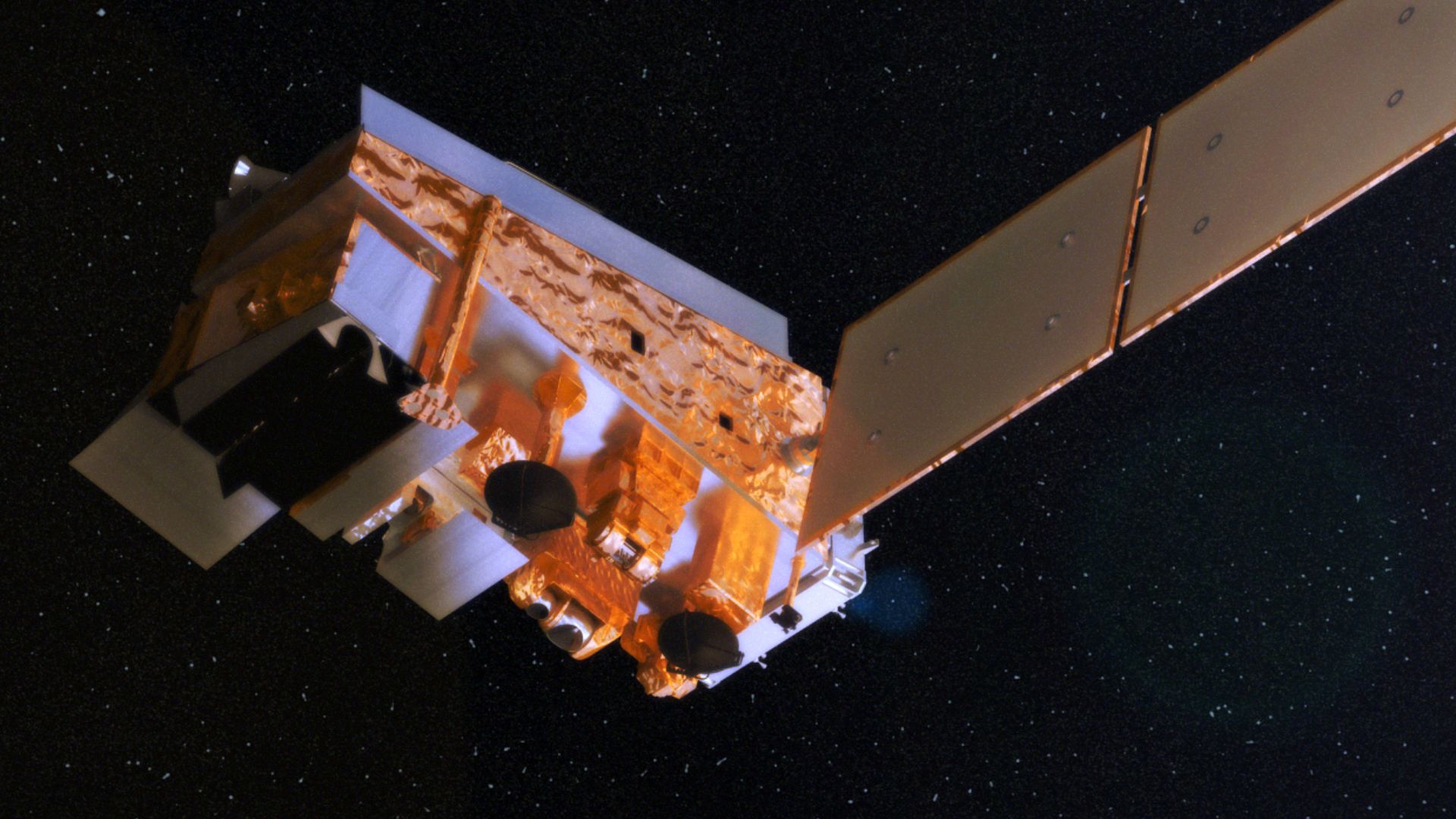 Ryan Zuber, Scientific Visualization Studio, Wikimedia Commons
Ryan Zuber, Scientific Visualization Studio, Wikimedia Commons
A Mirror to Ourselves
In a sense, the planet’s fading brightness mirrors our impact. Every ton of carbon, every cleared forest, every melted glacier changes how Earth shines in space. NASA’s warning isn’t just about physics—it’s about how visibly we’re reshaping our own world.
 Cunningchrisw, Wikimedia Commons
Cunningchrisw, Wikimedia Commons
You Might Also Like:
In New Study, Scientists Warn That Over 60% of Earth’s Land Is Now Unsafe for Life

